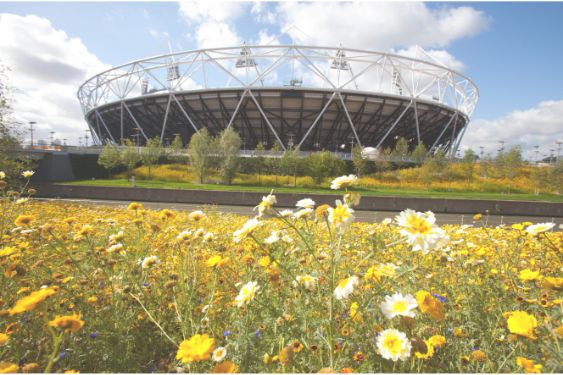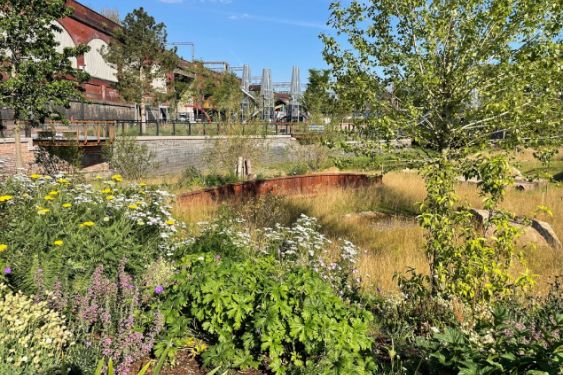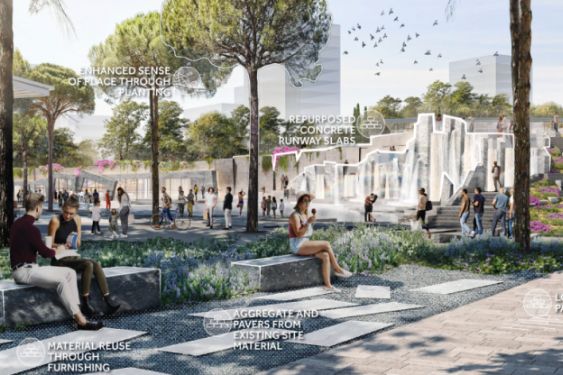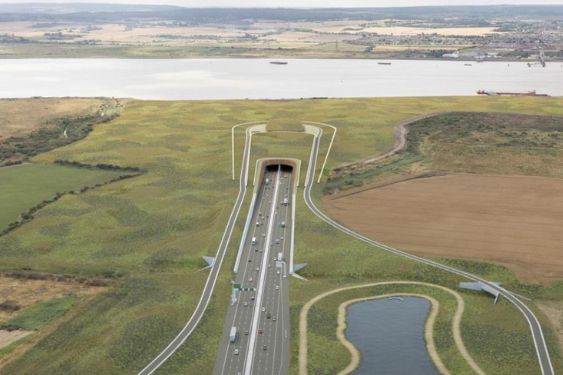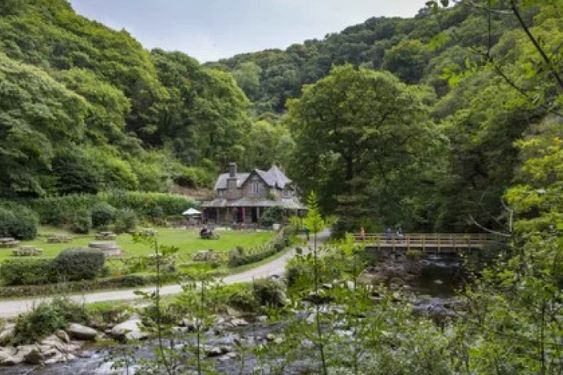We’ve launched a new Landscape Carbon Overlay to the RIBA Plan of Work, designed to help landscape and wider practitioners cut carbon in projects. This overlay aligns directly with the existing RIBA stages, plus an “end of use” stage to cover the vital aspects of recycling and reuse.
We’ve also created a series of explanatory guides to help you put this high-level information into practice. These guides offer detailed, step-by-step approaches for implementing carbon-reduction strategies and improving project outcomes. And they are supported by case studies demonstrating the success of real-life projects.
This overlay is the first of several free tools and guidance documents that we will be releasing to help the landscape sector combat climate change. In the coming weeks, we’ll launch three more sets of resources:
- A database of common Carbon Landscape Tools.
- Guidance on the uses and benefits of Environmental Product Declarations (EPDs) and Product Category Rules (PCRs).
- A database of useful EPD databanks with explanatory texts.
In addition, we’d like to highlight the elemental green design tool, which is supported by the LI. This tool supports landscape industry design by considering all impacts from materials use: carbon accounting, biodiversity, water, soil, communities and society. Elemental offers information to help all businesses be mindful of their interactions.
You can see an overview of how Elemental aligns with the RIBA Plan of Work here.
We hope these resources help you deliver your projects efficiently, cost-effectively, and with lower carbon emissions. We’d welcome your feedback on how we can improve our climate change support. Please contact us at policy@landscapeinstitute.org.
Actions to reduce carbon
You can see an overview of the 5 actions that will reduce carbon in your projects here. Alternatively, select any of the actions below to see them in more detail.
Think lifecycle
Consider reuse and recycling at every stage of the project to minimise waste and embed circularity into the project.
Specify low carbon
Choose low carbon options for both hard and soft landscapes considering carbon impacts over the full lifecycle.
Protect carbon stores
The simplest and most effective way to reduce CO2 emissions is to keep carbon locked into our soils, woodlands and wetlands.
Less hard, more soft
The carbon impact of hard landscapes is significantly greater than soft landscapes – minimise hard and maximise soft.
Design responsively
Working with natural and human systems reduces the need for additional resources – which reduces carbon impacts.
Measuring carbon in a landscape project
To measure carbon in a landscape project you need quantities and values. Quantities can be calculated from plans or other data sources for the project. Values can be found in
databases or embedded in carbon tools.
Sourcing carbon data
Suppliers produce Environmental Product Declarations (EPDs) setting out the carbon calculations associated with their product. To aid this, the Landscape Institute has prepared an EPD Databank Database Summary Report.
Useful tools for measuring carbon
The Landscape Institute has prepared a Landscape Carbon Tools Database, which compares 14 publicly accessible tools used to assess the carbon impacts of landscape projects.
The Database is designed to help landscape practitioners select the tool that best matches their needs in terms of project stages, project type, and required outputs.

Case studies
Select any of the examples below so see how a low-carbon approach can be embedded at all phases of the project cycle.


